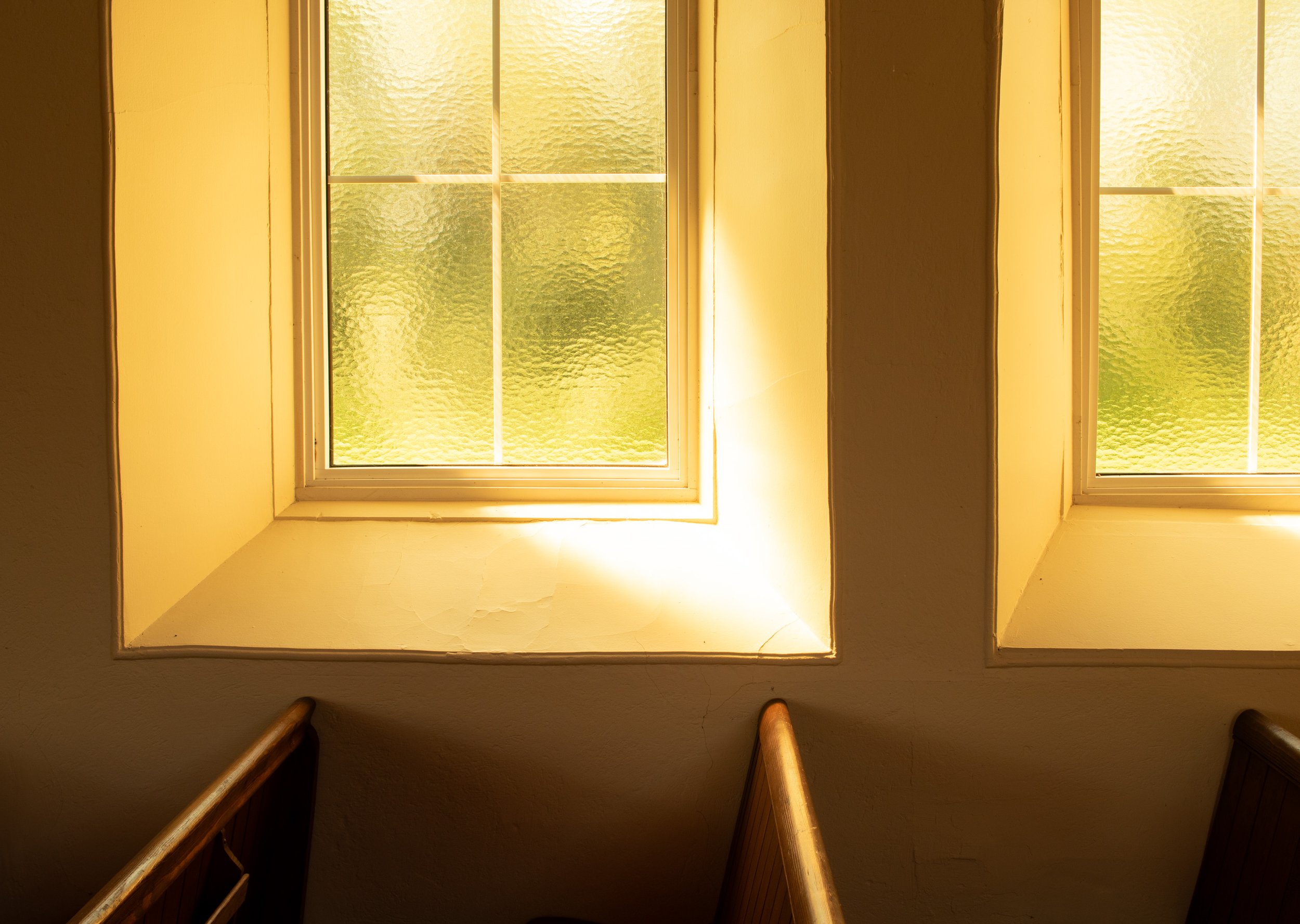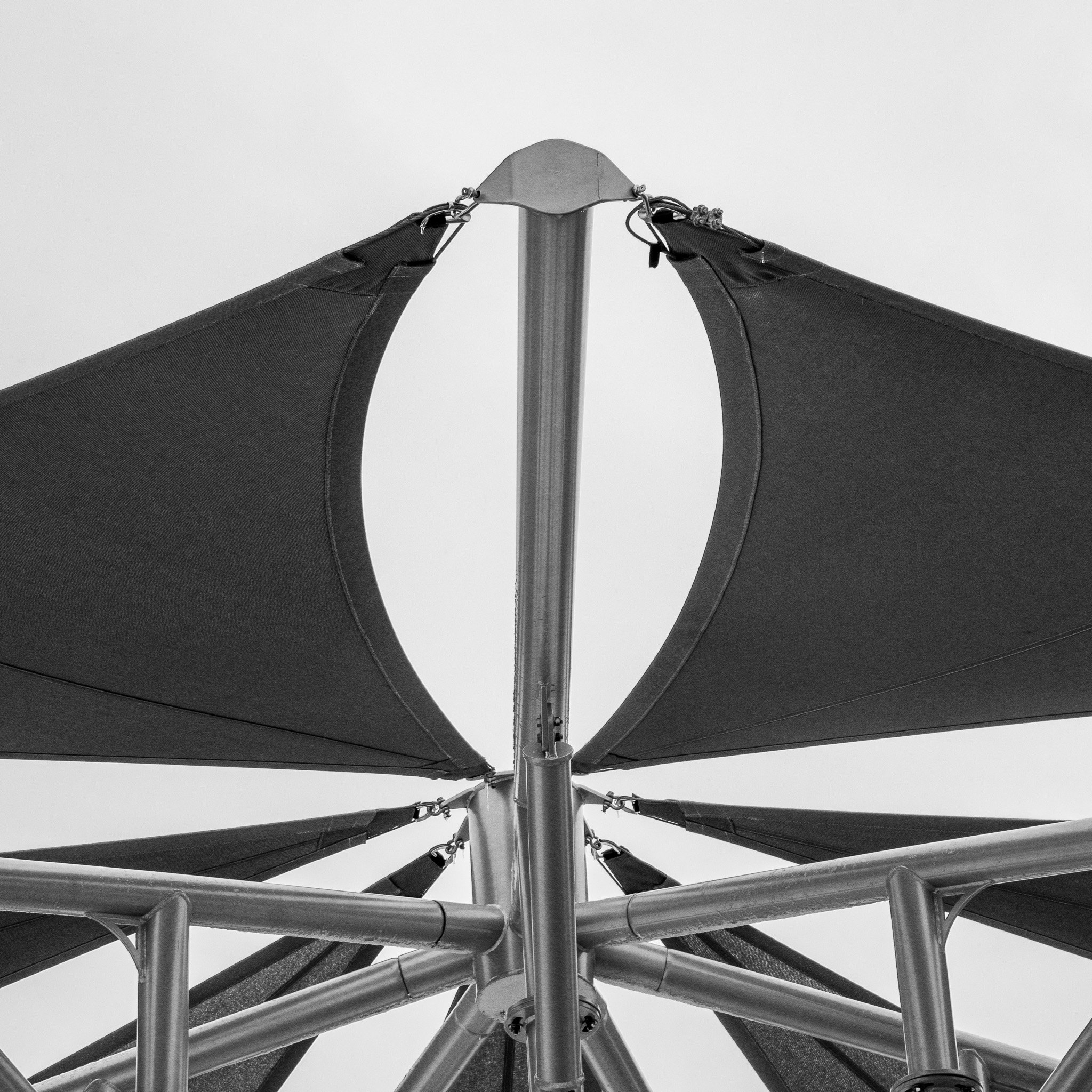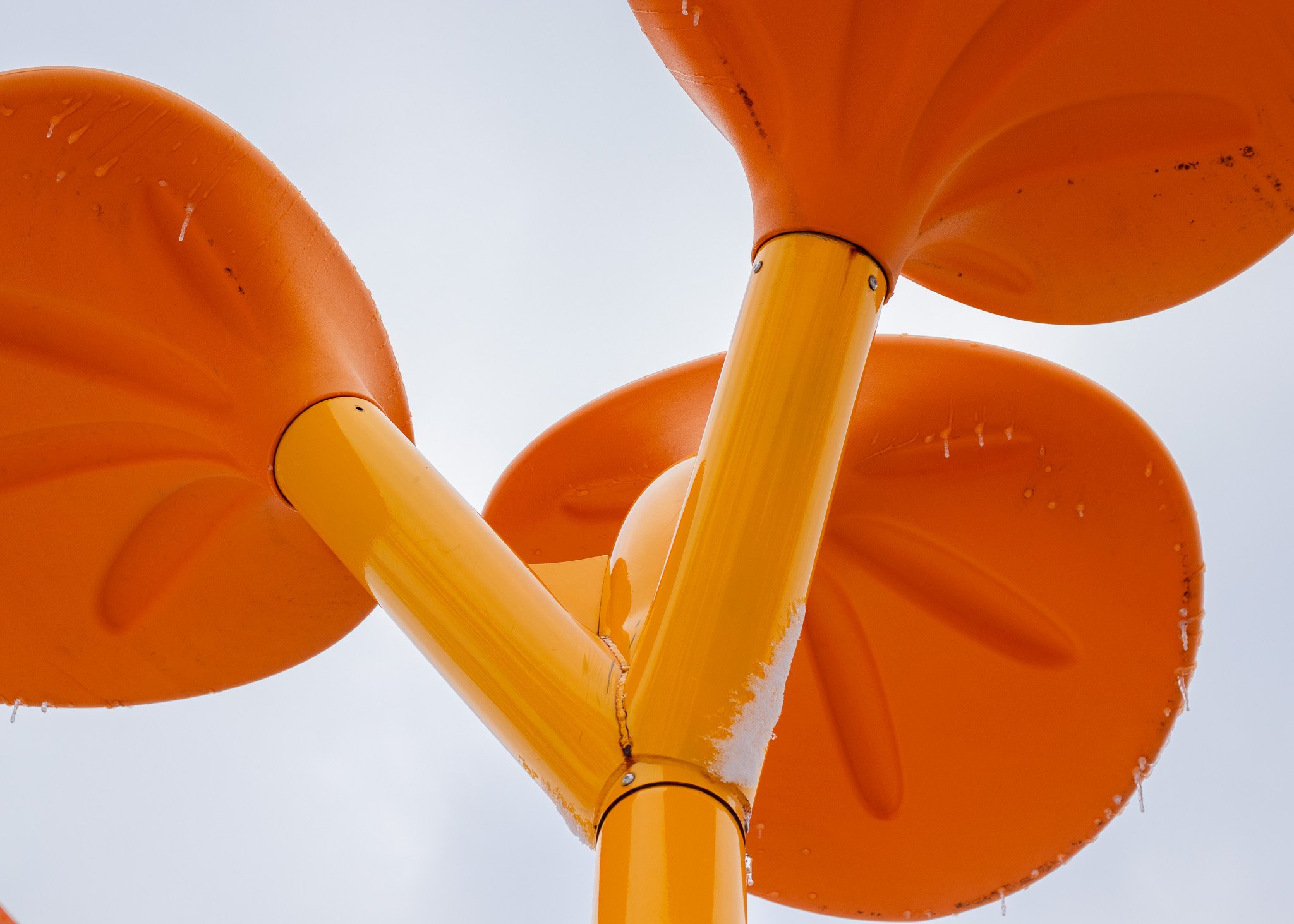One of the delights of this summer is visiting old country churches that, while no longer used by a congregation are lovingly kept up and open to the public. They make wonderful subjects for the camera.
My first visit was to Ste. Thérèse Church in Cardinal, an unincorporated community consisting of a handful of houses and the church.
This was the largest of the churches I found and the only Roman Catholic one. It was the “newest” church of the three I visited being constructed in 1927-1929.
This was the only church with statuary, with Mary on the right, Joseph and child on the left, and the namesake saint in the middle.
It had an impressive bell tower.
Late last week I visited two other churches south of Manitou.
St Luke’s Anglican Church - Pembina Crossing was built in 1922 to replace and earlier church that burned down.
The interior is lined with unpainted boards giving it a warm feel. It has an impressive altar and painted triptych.
I then moved on to St. Mary’s St. Alban’s Anglican Church. In what is now sparsely populated farmland these two churches are only 8km (5 miles) apart. This was the oldest of the churches being built in 1892 and an impressive 28 x 44 ft stone structure.
While the oldest structure it seemed the most modernized with carpeting on the flooring and quite hideous fluorescent light fixture at the peak of the ceiling. I’m curious if the curtains in the front were there when people worshipped here, or if there had been stained glass in those front windows. I find the cross design with the circle and the round ends curious, as well as the designs above the doors on either side. I’m sure these have some significance.
The thick stone walls were covered with plaster on the interior.
I was amused that the bible on the podium was opened to the Song of Solomon.
I went through the door on the right side and found a tiny room with this little setup. It seems like a space with stories to tell.































